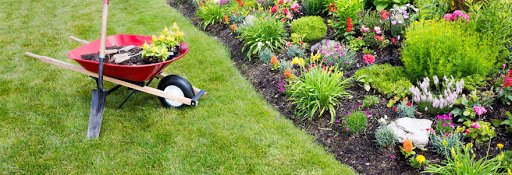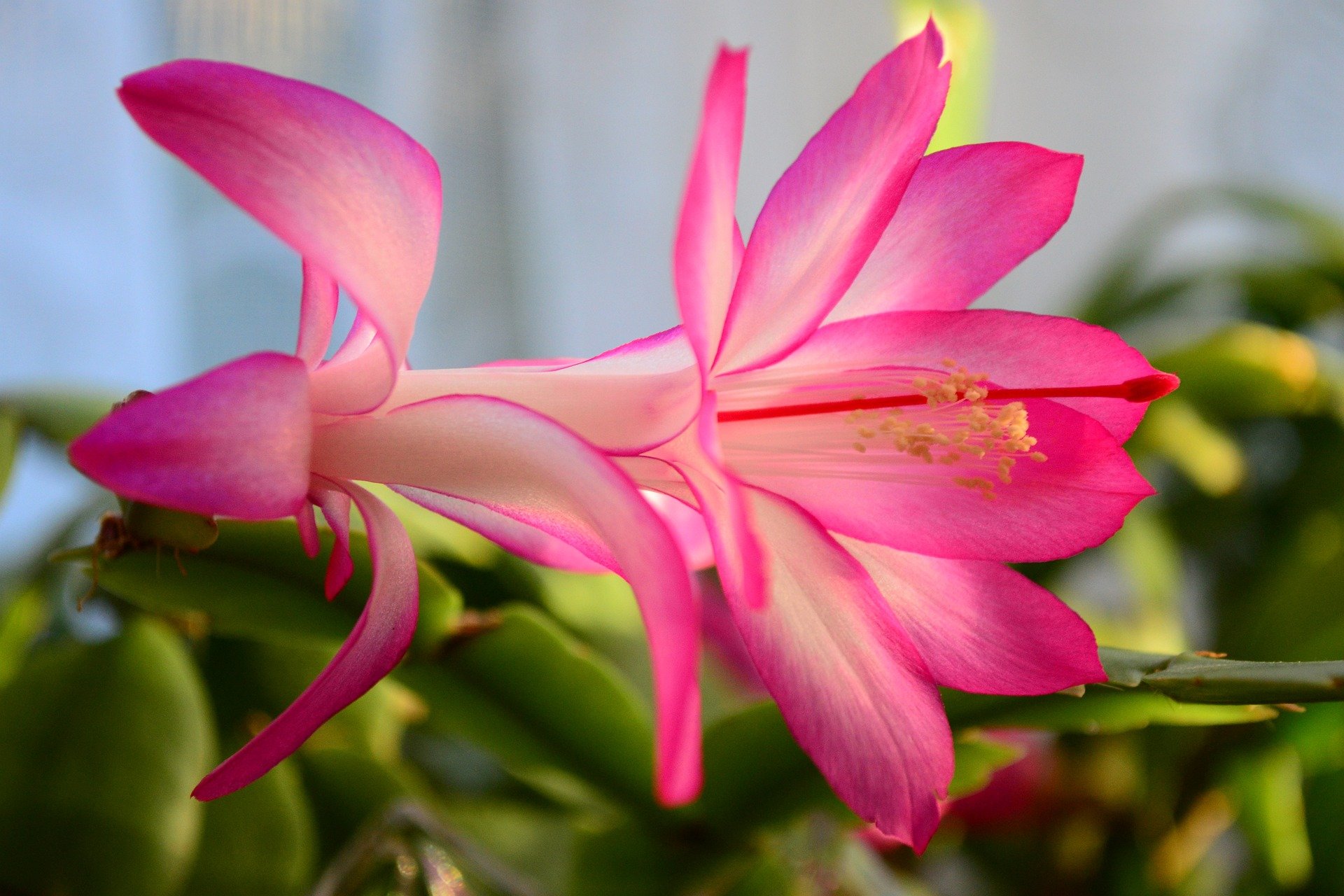March; THE MONTH of the gardener and the garden par excellence! The March showers are characteristic of this pivotal month, between the end of winter and the beginning of spring: rain showers but also, and sometimes more rarely in our region, hail. The rule in March? Don't rush into the garden, because March is the month of all possibilities: fairly harsh cold can still occur and the rains can be long-lasting. You will therefore be able to start your gardening work again more intensively and gradually. The flowers are developing, the winter protections can be gradually removed, and you will be able to devote yourself to the March pruning, reputed to be the best, according to the well-known adage.
What to do in the garden in March?
In March, spring is finally upon us, and the garden is slowly waking up after the winter months. This is a particularly busy time for gardeners, as a lot of preparation and planting needs to be done to enjoy a lush and productive garden in the months to come. On the agenda: sowing in the ground, planting vegetables and flowers, pruning, and maintaining the soil. Here are some tips for getting the gardening season off to a good start in March.
Preparing the soil for sowing and planting
The warming of the soil in March allows the first outdoor plantings to begin. First of all, it is important to prepare the soil well by aerating and weeding carefully. This can be done with a digging fork to loosen the soil, then by adding compost or well-rotted manure to enrich the soil. This preparation work guarantees an optimal structure for the young roots, allowing better growth of the plants.
Carry out the first sowings in open ground
March is the ideal time to start some direct sowings in the open ground, especially hardy vegetables and plants that tolerate cool temperatures well. Radishes, carrots, peas, lettuce and spinach can be sown as soon as the soil has warmed up sufficiently. For a quick and even emergence, it is possible to cover the seedlings with a forcing fleece or a cloche, which protects the young shoots from the last frosts and retains the moisture necessary for their development.
Planting the first seasonal vegetables
In March, potatoes can be planted in regions with mild winters, as can garlic, onions, and shallots. These vegetables, which are resistant to low temperatures, can be planted now for an early summer harvest. Gardeners who want to grow tomatoes, peppers, or eggplants can start them indoors, maintaining a temperature of around 20°C and a good source of light. These plants will be ready to be transplanted outdoors in May, after the last frosts.
Trim shrubs and prepare hedges
March is also a good time to prune summer-flowering shrubs, such as buddleias, hydrangeas, and roses. Spring pruning helps stimulate new growth and ensures abundant blooms. Hedges can also be pruned to give them shape before they start growing again. This early season pruning promotes dense foliage and beautiful structure for the rest of the year.
Planting perennials and spring bulbs
March is a good time to plant perennials, such as lavender, delphiniums and daisies, which will beautify the garden from summer onwards. Summer-flowering bulbs, such as dahlias and gladioli, can also be planted now to enjoy a colourful bloom in mid-summer. In the beds, the gardener can also start planting hardy annuals such as pansies or primroses, which will bring a first touch of colour.
Maintaining the lawn
March is also a great time to tend to your lawn, as it begins to grow again. It is advisable to scarify the lawn to remove moss and promote soil aeration. A supply of lawn-specific fertilizer, rich in nitrogen, will strengthen the blades of grass and give a bright green color. If gaps are visible, they can be filled by sowing grass on the bare areas, in order to obtain a dense and uniform carpet.
Control pests and anticipate protections
With the return of the heat, certain pests begin to appear in the garden. Slugs, in particular, can be very active in March and attack young plants. It is therefore advisable to monitor seedlings and new plantations, and to install protections if necessary, such as slug traps or natural barriers made from ash or crushed eggshells. In addition, it may be useful to install protective nets to prevent birds from digging up freshly sown seeds.
In March, the gardener prepares the ground for a season of intense growth and beautiful harvests. Seeding and the first plantings mark the beginning of spring, while pruning and maintenance prepare the plants and lawn for optimal development. With a little preparation and anticipation, March is the starting point for a successful gardening year, rich in color and abundance.
Naturally, our team remains at your disposal to provide you with advice and tips for all your plants.
Contact our plant experts by phone
Contact our plant experts by email

















